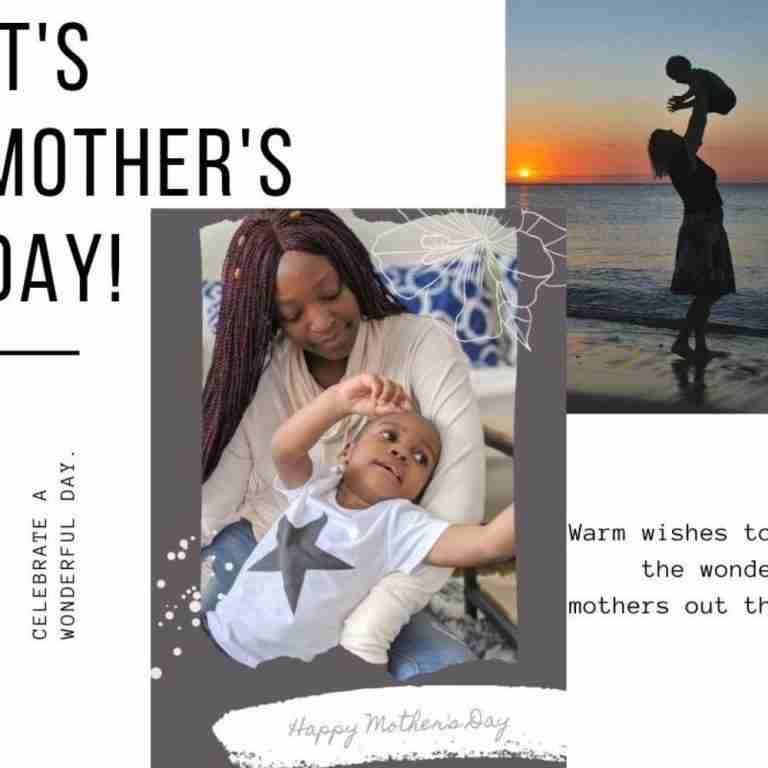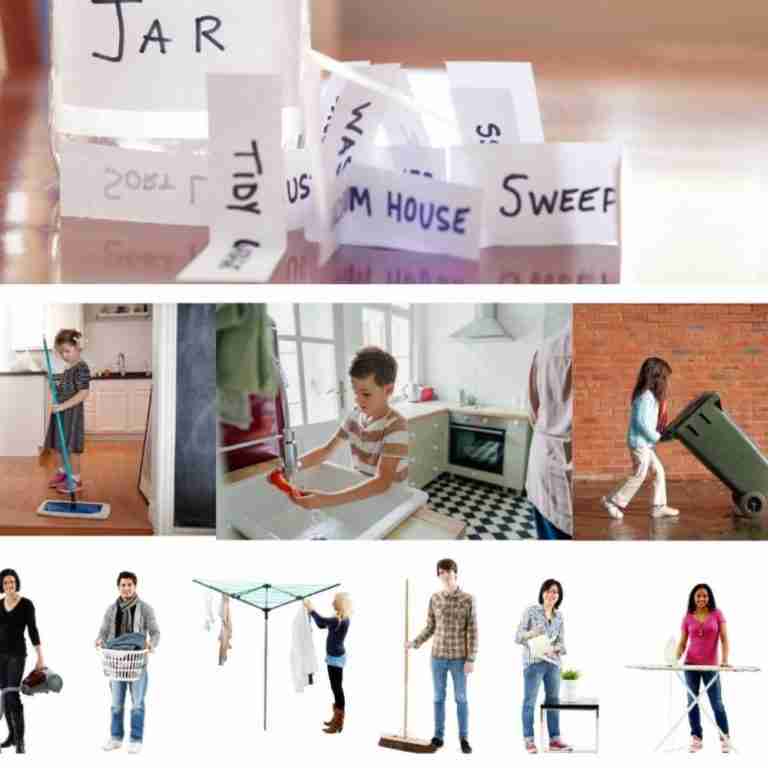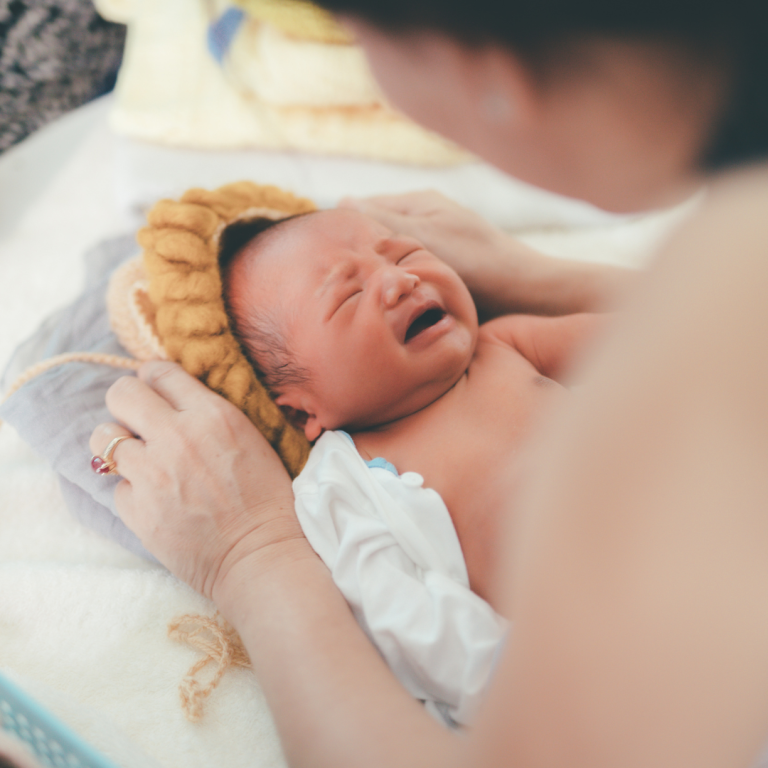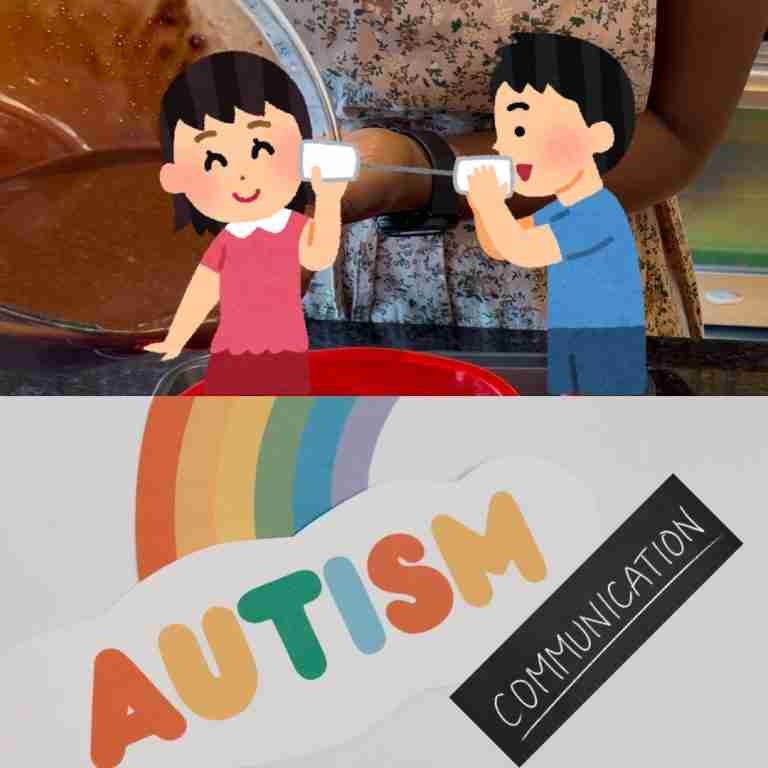When expecting a baby, one of the many critical decisions to make is where to give birth. Increasingly, home births are being considered as a viable option by many. In this blog post, we’ll delve into what home births are, who’s involved in them, and debunk the common misconceptions surrounding them.
What is a Home Birth?
A home birth is when a person chooses to give birth in the comfort of their own home instead of a hospital or birthing center. The decision often stems from a desire for a more personalized, familiar, and intimate experience. Home births typically involve a certified midwife or a team of midwives who assist throughout the process. A doula, a person who provides non-medical emotional and physical support, may also be present. The expectant person’s partner, family members, or friends might be involved as well.
Common Misconceptions about Home Births
#1: Home Births Are Unsafe
Many people believe home births are inherently risky. However, multiple studies, such as the one published in the British Medical Journal in 1996 disagree. It shows that for low-risk pregnancies, home births can be safe. This with the support of a certified midwife can be as safe as hospital births. Misconception arises due to the generalization of high-risk pregnancies. Complications are indeed safer to handle in a hospital setting.
The safety of home births for low-risk pregnancies has been well-documented. In the hands of a qualified healthcare provider, such as a certified midwife, home births can be as safe as hospital births. Risk factors are carefully considered before a home birth is recommended, and a sound backup plan is always in place.
#2: Pain Management Options Are Limited
The idea that home births mean enduring pain without any relief is a misconception. It’s true that some medical pain relief options like epidurals aren’t available at home. However, there are numerous other techniques. These include hypnobirthing, water births, various birthing positions, massage, and acupuncture that can be used effectively. Movement, and different labor positions, are effective pain management options that can be employed during a home birth.
Preparing For a home birth? Don’t Miss these Tips.
#3: Home Births Are Messy
A prevalent misconception is that home births will leave your home in a mess. Professional midwives are well-trained in managing the birth process, including the clean-up. Special supplies and protective coverings are used to ensure everything is tidy. Things are tidy and sanitary during and after the birth.
#4: Home Births Mean You’re On Your Own
Many people mistakenly believe that home births mean being left to labor alone. In a home birth, a midwife, and often a team, is present. They will monitor and assist throughout the labor and delivery. The midwife remains with the birthing person throughout the entire process, providing continuous care and support.
#5: Only First-Time Parents Choose Home Births
This misconception arises from the belief that after experiencing birth once, parents would naturally prefer the perceived safety of hospital births. However, many experienced parents opt for home births. This is because it provides more intimate, comfortable, and controlled environment. Many parents who had hospital births with their first child choose home births for subsequent pregnancies. This decision is often due to a desire for a more personalized, less interventionist birth experience.
#6: If You Choose a Home Birth, You Can’t Go to the Hospital If Needed
This misconception may stem from the idea that choosing a home birth is an all-or-nothing decision. A good home birth plan always includes a plan for hospital transfer if necessary. Midwives are trained to recognize signs of complications and will facilitate a swift transfer to a hospital if the need arises.
#7: Home Births Are Only for “High Pain Tolerance” Individuals
Some people believe that you must have a high tolerance for pain to opt for a home birth. This is a misconception because home births offer various pain management techniques. Being in a familiar, relaxed environment can help with handling labor discomfort. Everyone experiences pain differently, and the comfort of home can often help manage labor pains. You will be surprised to find various techniques can also be employed to aid with pain. Individual pain tolerance doesn’t determine the suitability for a home birth.
#8: Home Births Don’t Allow for Any Medical Interventions
Home births aim for a low-intervention experience. However, necessary medical support like fetal heart rate monitoring, suturing if required, and administering certain medications can all be done under the supervision of a midwife at home.
#9: Insurance Does Not Cover Home Births
The belief that all insurance companies do not cover home births is inaccurate. This greatly varies by provider and plan, but many insurance companies do offer coverage for home births. It’s crucial to discuss this with your insurance provider and midwife to understand the cost and coverage. In Canada if you are eligible for provincial health care your home birth will be covered by that.
#10: Home Births Are Not Suitable for Twin Births or VBACs
While it’s true that these situations may require more careful assessment, home births can still be an option for twin pregnancies and VBACs (Vaginal Birth After Cesarean). With careful assessment and monitoring, home births can be a safe option for twin pregnancies and VBACs (Vaginal Birth After Cesarean). However, these situations require thorough discussion with healthcare providers to understand the associated risks and benefits.
Choosing where to give birth is a deeply personal decision that should be based on accurate information. Home births can offer a nurturing and comforting environment for welcoming a new life into the world. It’s essential, however, to understand what a home birth involves and to dispel the misconceptions surrounding it.





